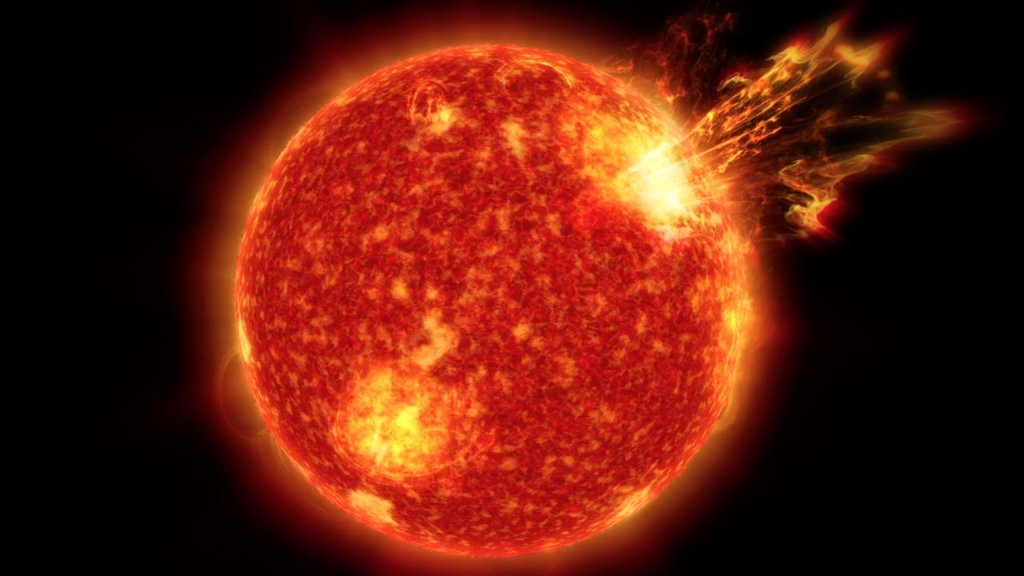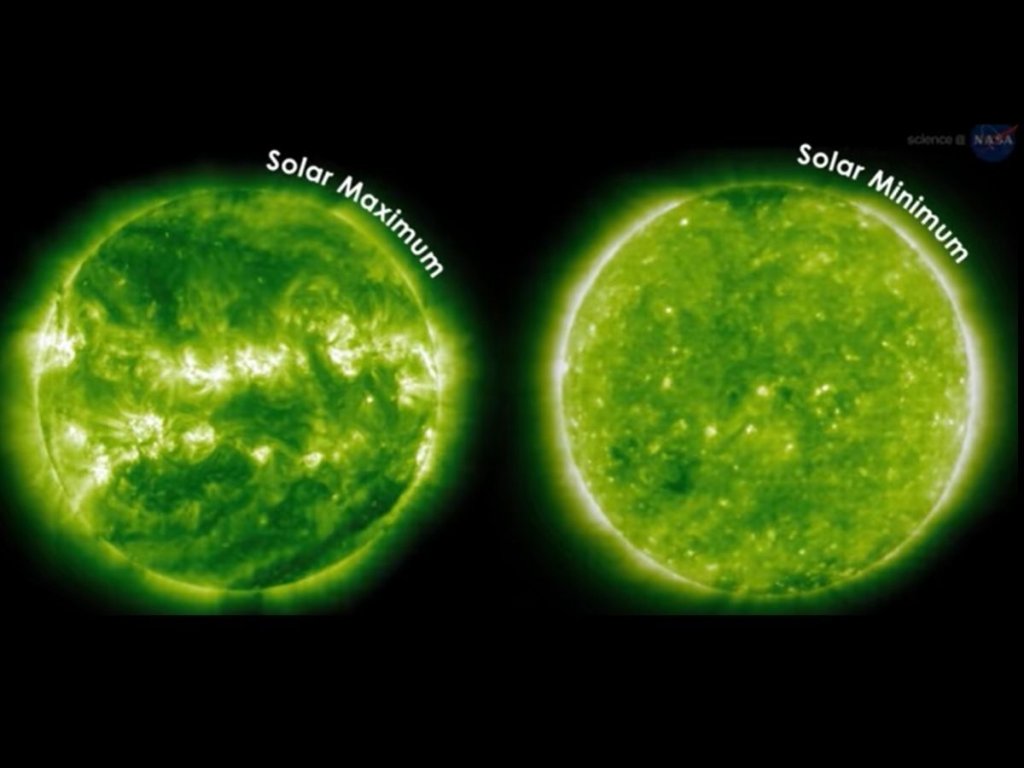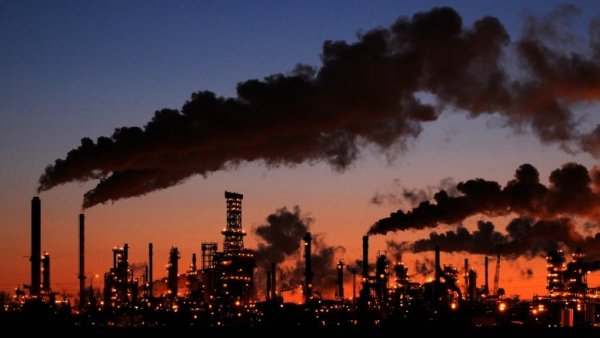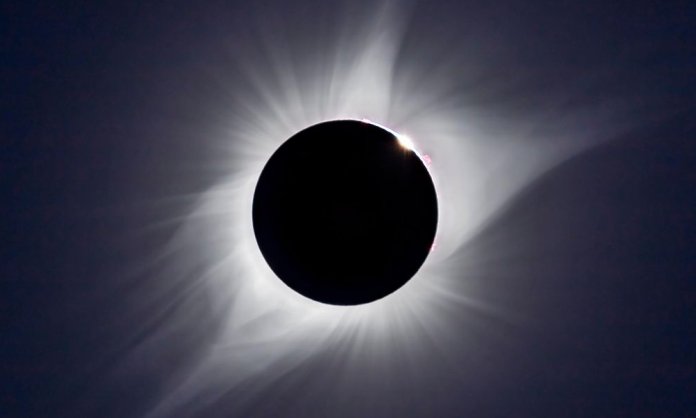As we remain quarantined in our homes, the COVID-19 pandemic continues to disrupt life as we know it. Scientists have reported that the Sun has also gone into a lockdown of its own kind.
The Sun is said to have gone into a state called the ‘solar minimum’ and is about to enter the most profound period of ‘sunshine recession’ as sunspots are virtually not visible at all. Some reports suggest that it has been almost 100 days this year when the Sun has shown zero sunspots.
Astronomer Dr. Tony Phillips warns,
“Sunspot counts suggest it is one of the deepest of the past century. The Sun’s magnetic field has become weak, allowing extra cosmic rays into the solar system. Excess cosmic rays pose a health hazard to astronauts and polar air travelers, affect the electro-chemistry of Earth’s upper atmosphere, and may help trigger lightning.”

What is a Solar Minimum?
The NASA Science Website states,
“Every 11 years or so, sunspots fade away, bringing a period of relative calm. This is called solar minimum, and it’s a regular part of the sunspot cycle. While intense activity such as sunspots and solar flares subside during solar minimum, that doesn’t mean the Sun becomes dull. Solar activity simply changes form.”

Should We Be Worried About the Solar Minimum?
According to a report by NASA Global Climate Change, we should not be worried about freezing temperatures or a mini ice age, earthquakes, or any other problems that the solar minimum of 1600 brought.
Here’s what the report says on the grand solar minimum and the effect of it on climate change in 2020:
“But how big of an effect might a Grand Solar Minimum have? In terms of climate forcing – a factor that could push the climate in a particular direction – solar scientists estimate it would be about -0.1 W/m2, the same impact of about three years of current carbon dioxide (CO2) concentration growth. Thus, a new Grand Solar Minimum would only serve to offset a few years of warming caused by human activities.”

“Even if a Grand Solar Minimum were to last a century, global temperatures would continue to warm. Because more factors than just variations in the Sun’s output change global temperatures on Earth, the most dominant of those today being the warming coming from human-induced greenhouse gas emissions.”
What should we be doing about the solar minimum?
Nothing. There is no need to panic about it. There will be no freezing temperatures, nor would there be any significant changes. Instead, according to NASA, it seems like we should watch out for our greenhouse gas emissions that are genuinely harming the Earth and our environment.
Follow Brandsynario for the latest news and updates.





































